Happy New Year!
Still, we need to be aware of the virus, but we need to shoot images.
So please both keep safe and shoot.
My first shooting in 2022
I recently got a mint 14-24mm 2.8G, not Z which I already have, but F.
When I got z14-30mm F4s, I sold my precious 14-24mm F2.8g.
After that I got the latest z14-24mm, but still I have been missed that balky heavy lens, which I had been shooting with for a long time.
I realized I really loved that lens.
They say: Don’t throw the lens out with the bathwater
Anyway. I’m so happy for retrieving that precious 14-24mm F2.8G.
If you are OK with a good used one, you can get one around $600. This was so bargain price.
Now I have both 14-24 f2.8, Z and F
That means I have to compare with them in my way: of course with Long Exposure photography.
Most of them reviewed and compared both lenses with mediocre scapes(no offense), looked into the subtle differences, and talked about corner sharpness, or having less flare, blah-blah-blah.
Are they really important?
What is the most important of photography?
Long exposure!!
Let’s find out which is the best long exposure ultra-wide lens,14-24mm for you.
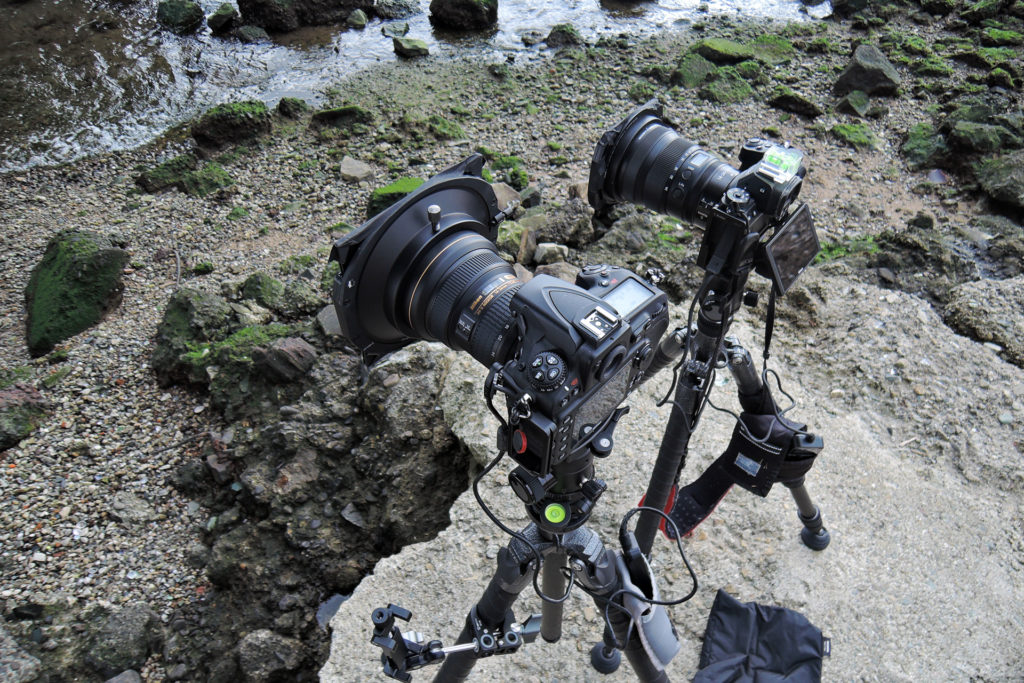
150mm square filter
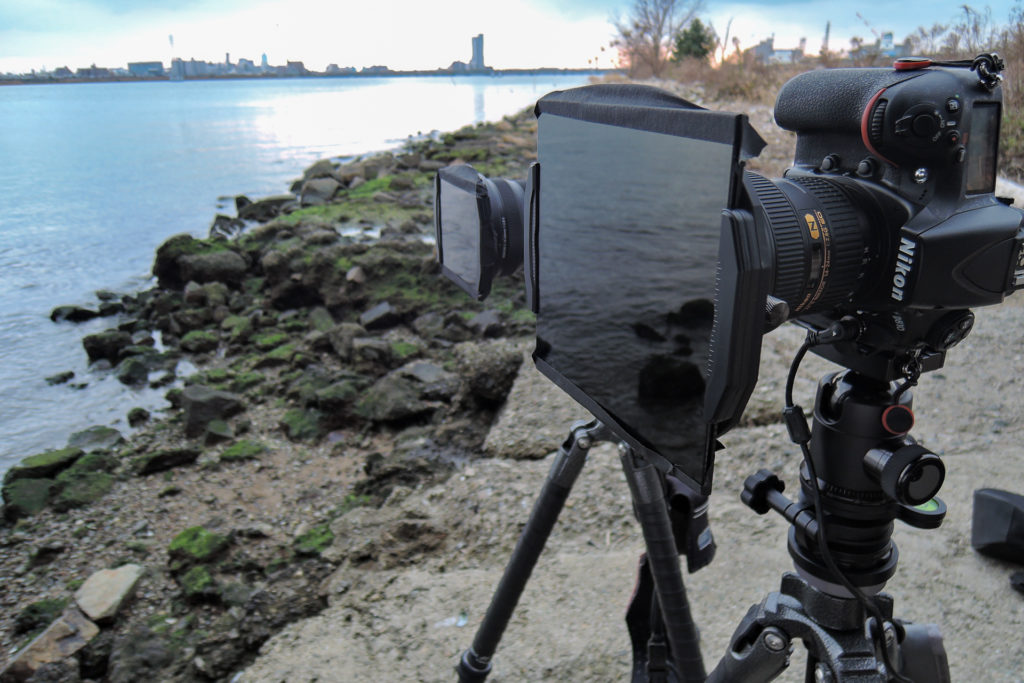
The biggest challenge for both 14-24mm is using “Filters”
Although, z14-24mm f2.8s has 112mm filter threads, 112 mm filters are pretty expensive and less options to chose in the current market.
In my opinion, you should never buy those bigger circular filters for z14-24mm for long exposure photography. They are not worth to be invested. Again, this is my opinion based on my decade experiences. No offense at all.
Instead you should choose square filters.
100mm square filters for Z14-24S
150mm square filters for 14-24F
All filters are Formatt-Hitech.
Square filters are getting popular these days.
They are useful, but you need to know about their good and bad before you try them. I’ll write about more basic about square filters in future my blogs.
Gears
Here is the specific gear list I used this comparison.
Team [ z14-24mm f2.8s]
Camera : Z7
Tripd:Gitzo GT2545T with big foots
Ballhead: Markins Q3(Traveller)
with L plate for Z7
Filter Holder:KANI for z14-24mm f2.8s
ND Filter:Formatt-Hitech square100mm Firecrest Ultra
13 stops, 2stops
Team [14-24mm F2.8G]
Camera: D810
Tripod:Gitzo GT3543
Ballhead: Markins Q10 with L plate for D810
Filter Holder:KANI for Nikkor 14-24mm F2.8G
ND FIlter: Formatt-Hitech 150mm sqaure Firecrest ND Filters:
13stops ,2stops
※From now on, Formatt-Hitech sell 150mm Filter only by special order.
Formatt-Hitech US still have some, and you can get them with astonishing price.
KANI ?
KANI is a Chinese filter brand, very popular among with NiSi in Japan.
I could not find their products in major seller like Adorama or B&H.
Just found a ND filter in Amazon.
If you want some from Kani, check them in ebay.
Many say that quality of them is excellent equivalent to Nisi, not to another cheesy chinese brand.
Although I just use their filter holder for both 14-24mm, mostly because Formatt-Hitech doesn’t have a filter holder for z14-24mm.
※Formatt-Hitech used to have special 165mm filter holders for various ultra wide angle lenses made by Lucroit. But not anymore.
Still they have some back stocks and, you can buy them 75%off!!
You should be hurry if you want them.
Location
I often visit here near by my home, Yogdogawa-river side for simply enjoying long exposure or having some filter or gear test.
Here is 360 version of the location, taken by myself by z6+z14-30mm, posted to Google. If you like off-major location in Osaka, why don’t you come?
Comparison 1 : 14mm / 270 seconds’ long exposure
Before the long exposure
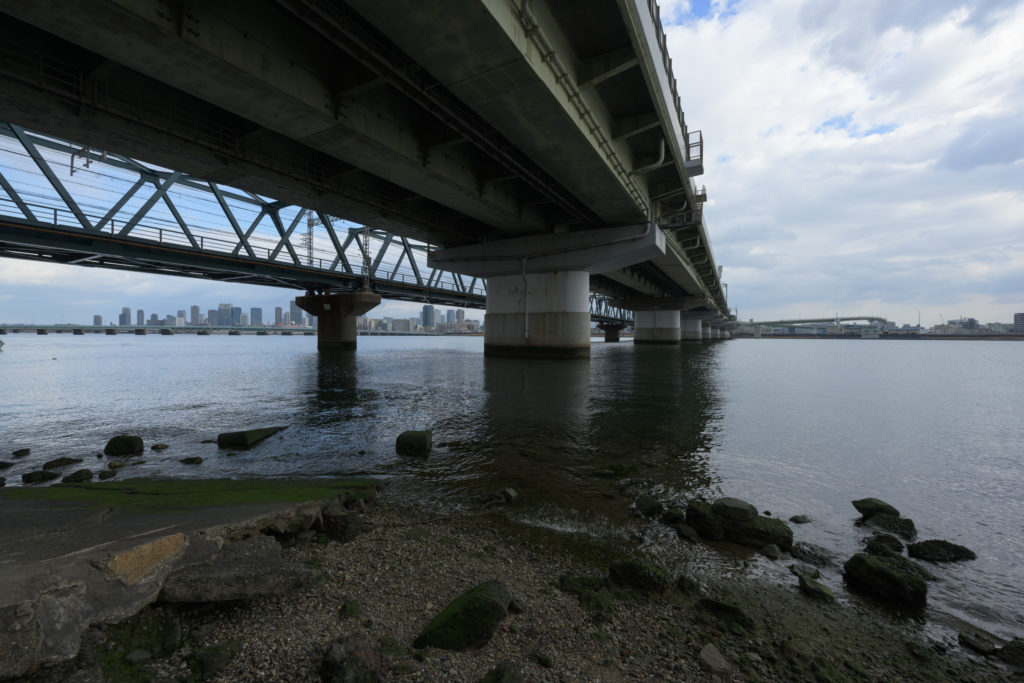
OK, let’s get started.
It was very cold, cloudy day, which was one of the best condition for hyper long exposure photography.
I like the cold winter because even having 3 long exposure, they won’t have few heat noises.
I set the tripods adjacent to each other for having almost the exact same composition.
I also had two remote shutters for having exact the same long exposure, simultaneously
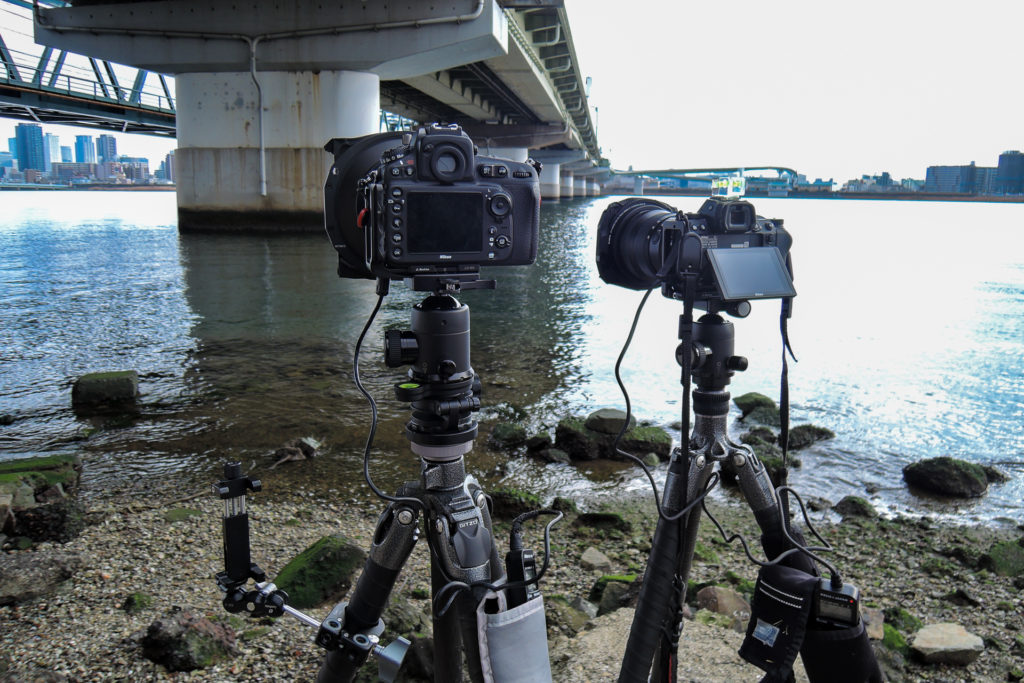
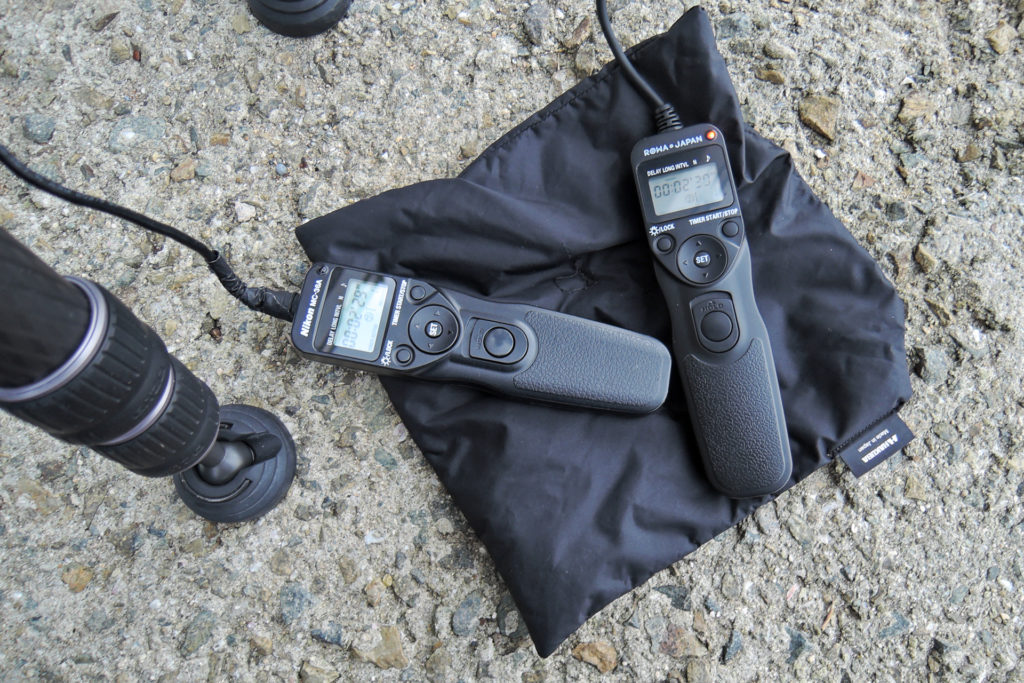
Comparison 1: Result
Z7+14-24z F2.8s
Filter: Formatt-Hitech square 100mm Firecrest Ultra ND filter 13stops+2stops:
ISO64, F8, 269秒
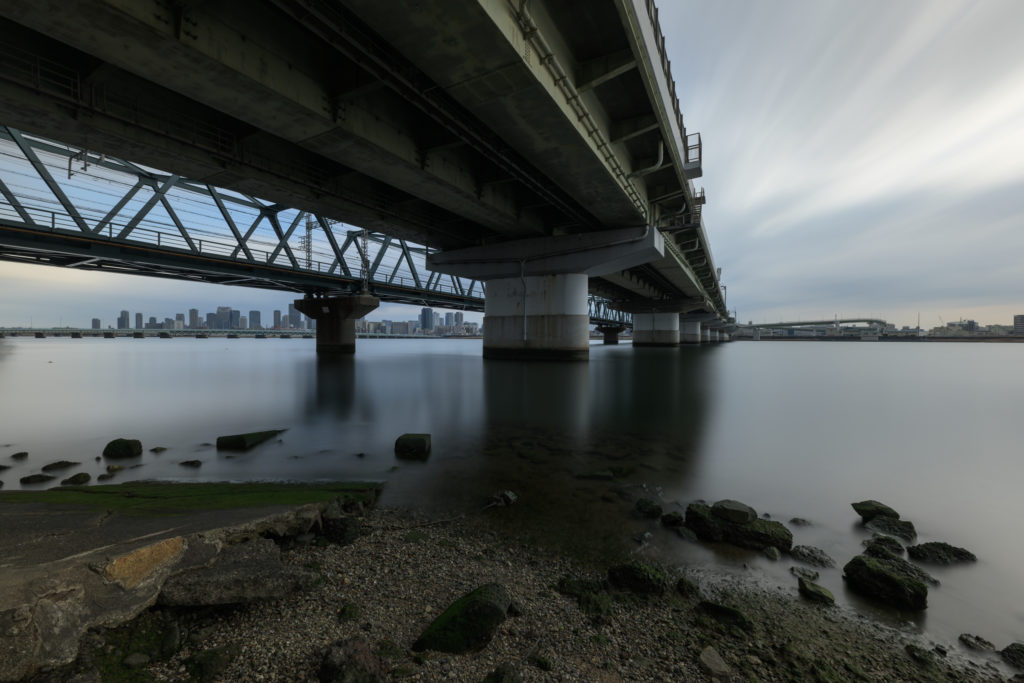
Here is the result of the long exposure. I just did with white balance adjustment.
D810+14-24 F2.8G
Filter: Formatt-Hitech 角形150mm Firecrest ND Filters 13stops+2stops
: ISO64, F8, 270秒
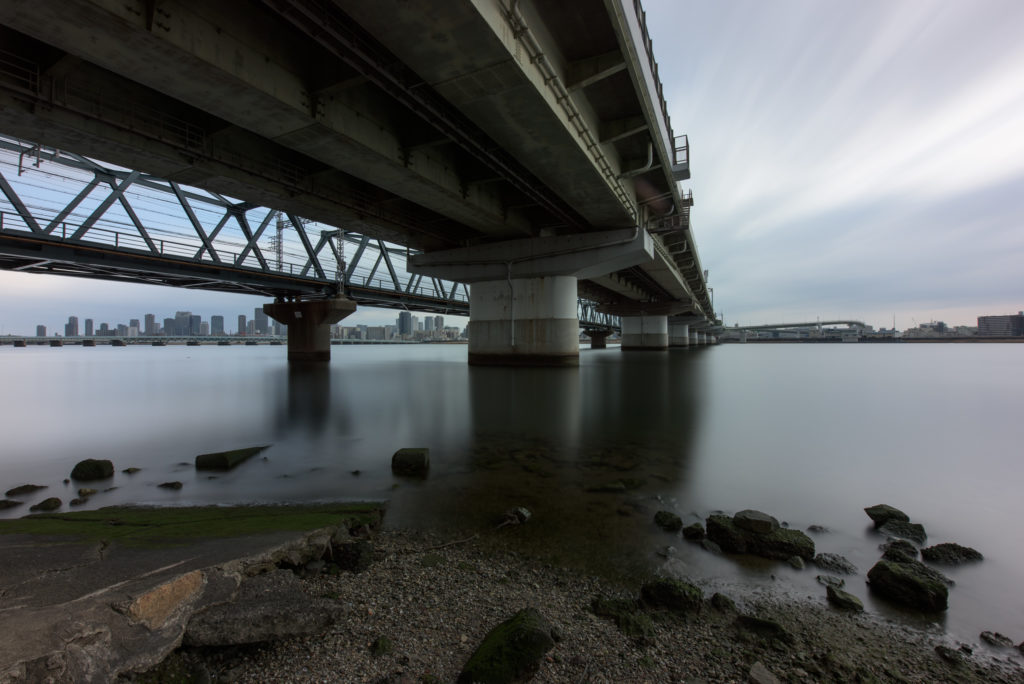
Here is D810+14-24f2.8g. You can’t tell which is which.
The slight difference of the composition among two was came from the position of the camera.
Plus, I accidentally touched the zoom ring of 14-24 f2.8g, so shot by 15mm.
Keep them straight
I like the composition which keeps everything straight.
When it comes to cityscapes, I can’t take the tilted, not straight buildings.
That’s why I love pc lenses. Although using an ultra wide lens you can easily have distorted image. That’s OK when you are looking up the architectures in close distance because those exaggerated perspective is one of the characteristics of ultra wide lens. But when it comes to shooting cityscapes (with some distance), keeping building straits is crucial. Making them vertically straight with post process is OK, but I prefer doing them in the field, and want to settle the composition in the field too.
Comparison 2: 24mm/ Let’s Rock!
270 seconds’ long exposure
I like the combination rocks, water and sky.
The light is getting darker, so I removed 2 stops ND filter, and remained 13 stops only.
Here is before long exposure, shot by Z7.
Result
Z7+14-24z F2.8s
Filter: Formatt-Hitech 角形100mm Firecrest Ultra NDフィルター 13stops(3.9)
ISO64, F8, 270seconds.
D810+14-24 F2.8G
Filter: Formatt-Hitech square 150mm Firecrest ND Filters 13stops(3.9)
ISO64, F8, 270sec.
Here is D810+14-24f2.8g. Can you tell which is which? Again, the slight difference of the composition among two was came from the position of the camera.
The both images were all de-color shift, having proper white balance adjustment.
I used Lightroom classic as a quick development.
Color shift is not a big issue
Hyper Longer exposure photography needs a big stopper.
Having thick, dense ND filters, it’s hard to tell to your camera “what is the right white balance” Plus with a hyper long exposure, the light condition would be changing during the exposure, thus the initial WB lost its meaning.
But a high quality ND filter make the shortcoming minimum, and easily can be got rid of the color shift with the quick post process.
That’s why you should be aware of using the right, branded filters.
Don’t choose a cheesy filters.
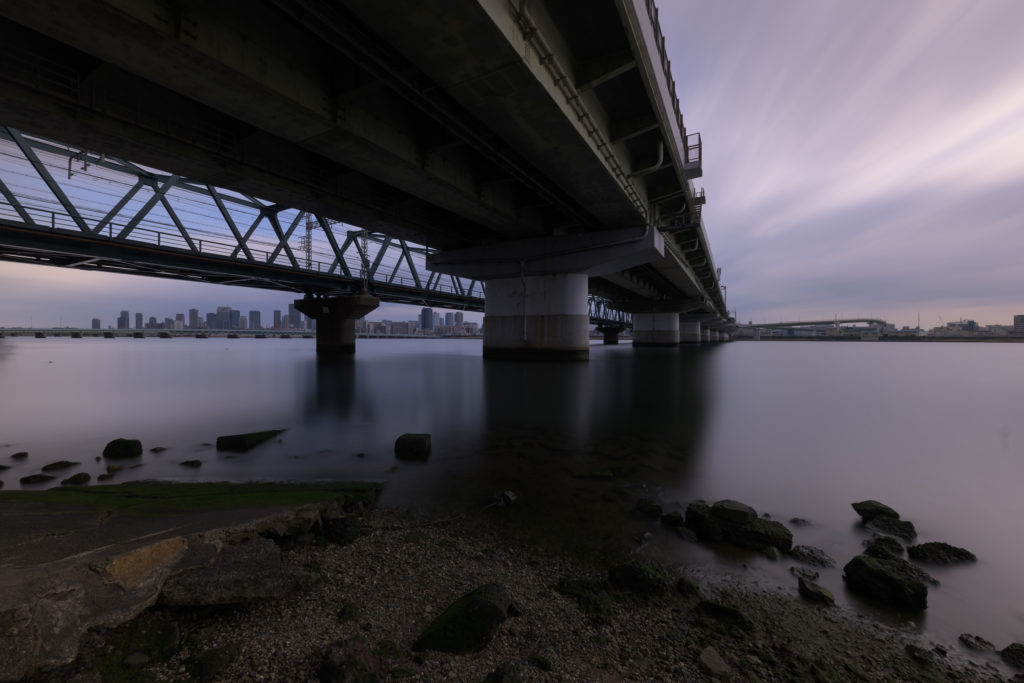
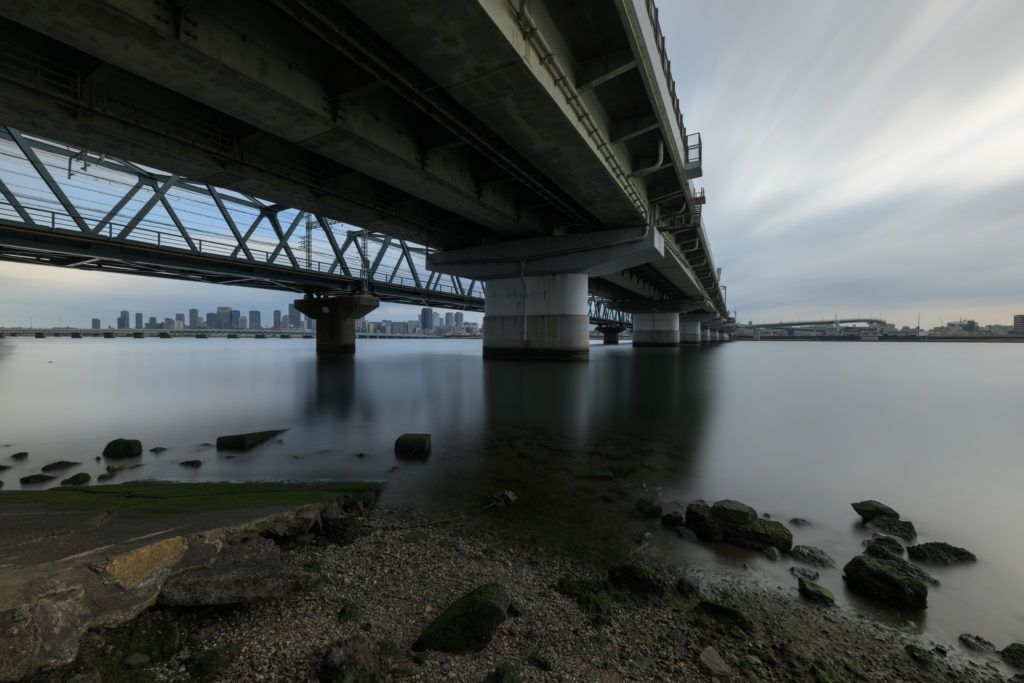
…Used to be a problem
Many years ago I used resin ND filter kit from Formatt-Hitech for Hyper long exposure.
They produced pronounce blue color shift, which could not be removable fully in post process. But personally I loved the bluish color since the “blue” turned into beautiful black in Black and White photography.
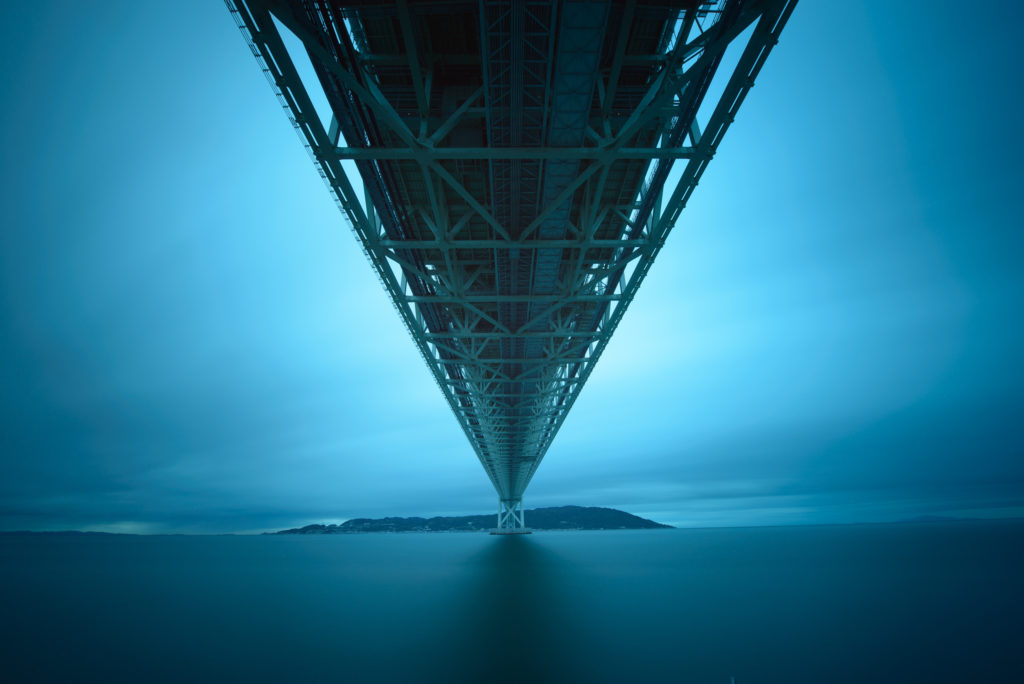
D800E/14-24F2.8G/600sec.
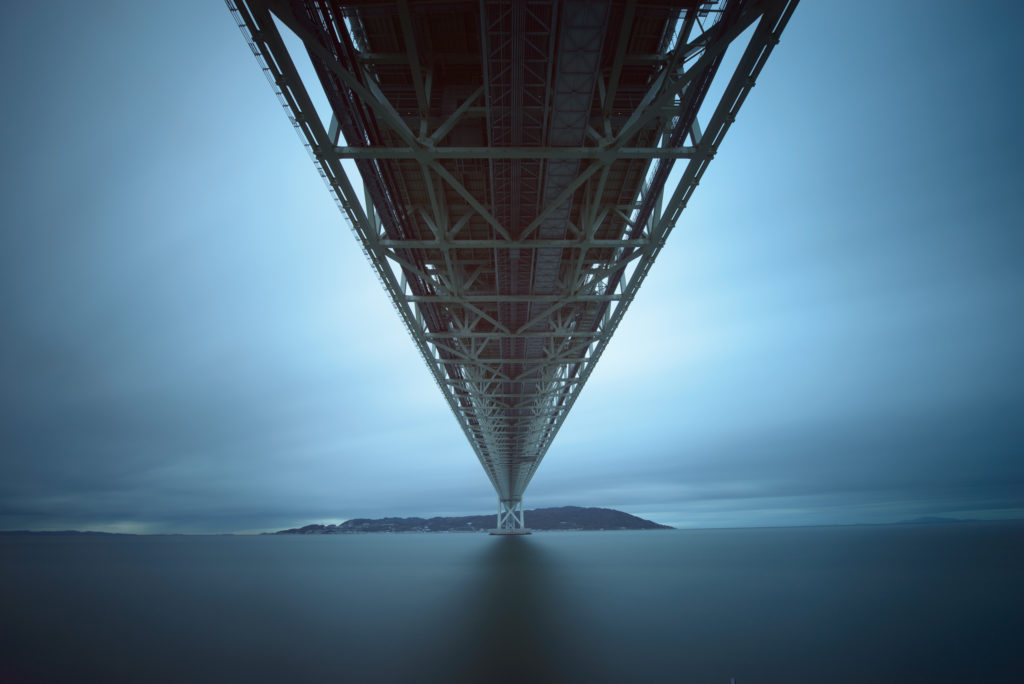
I created many B&W fine-art works with those resin filters. If you get interested in those resin filters, please check Formatt-Hitech’s sales page.
When I visited they still have some stocks. Those filters are still a good starter for ultra wide angle’ ND filter.

BW conversion
Here is the BW version of both images.
As you see below, in Black and White photography, subtle color shift or even vignette are totally not a big issue.
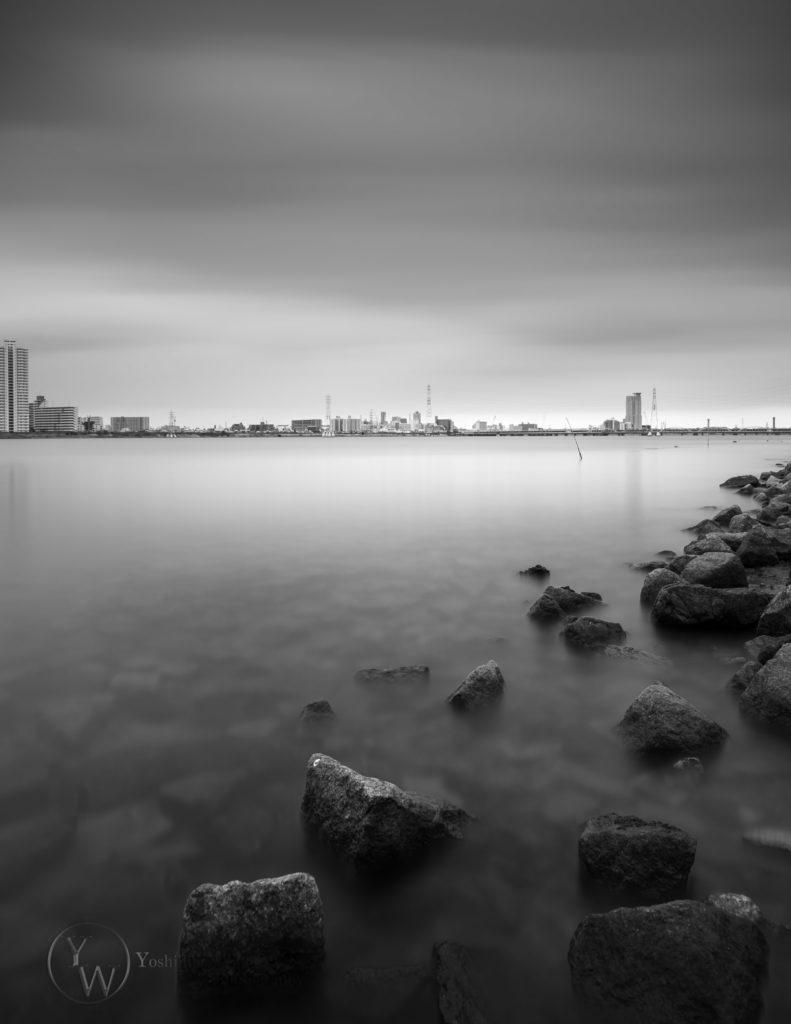
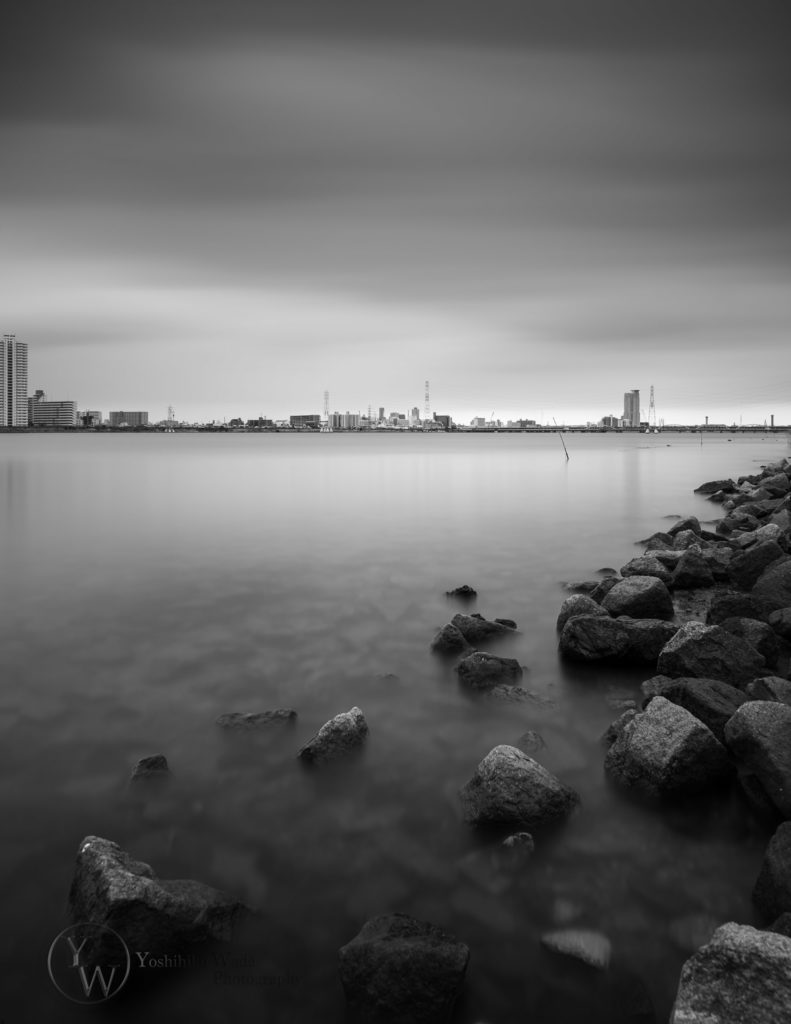
Comparison 3: 14mm/ Under the bridge
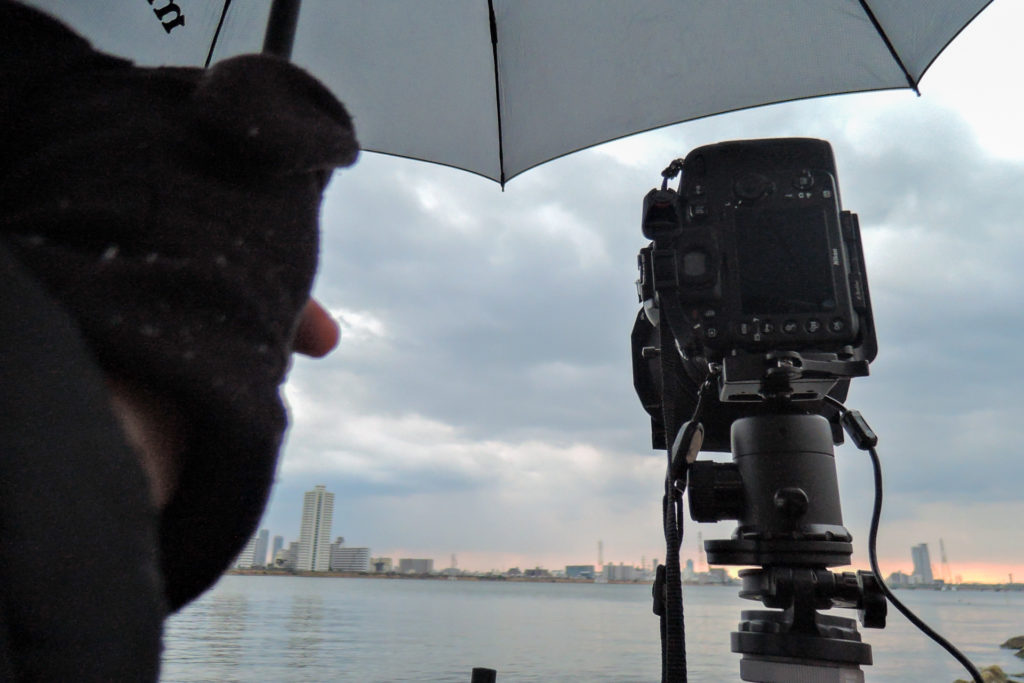
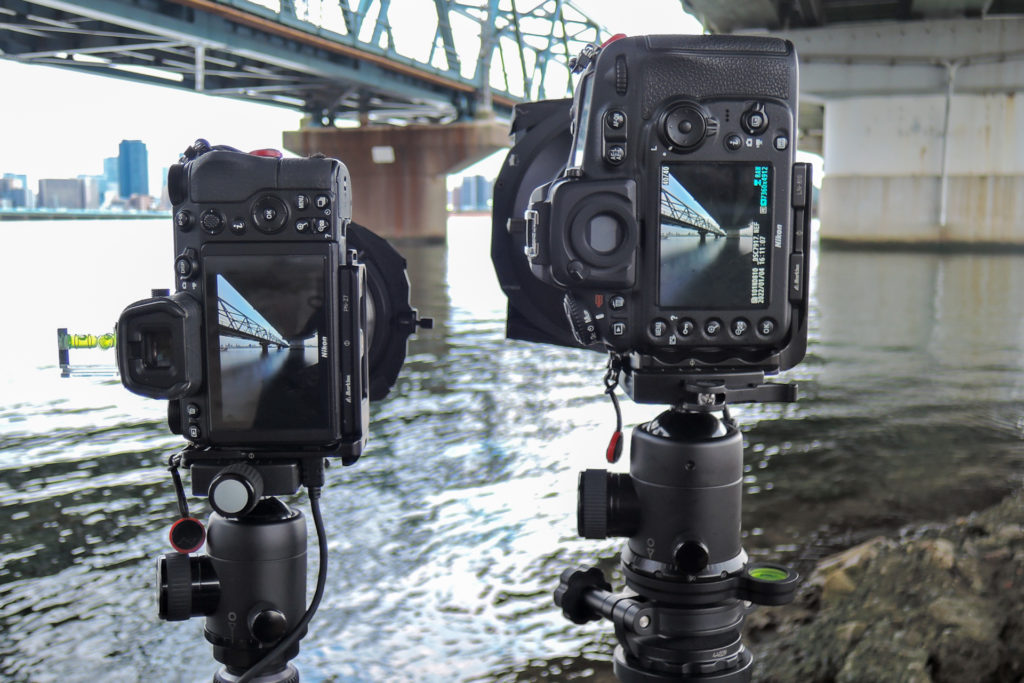
It started rain a little. I went to under the bridge, then keep shooting.
Here is the shot by D810 with 14-24f2.8g before long exposure.
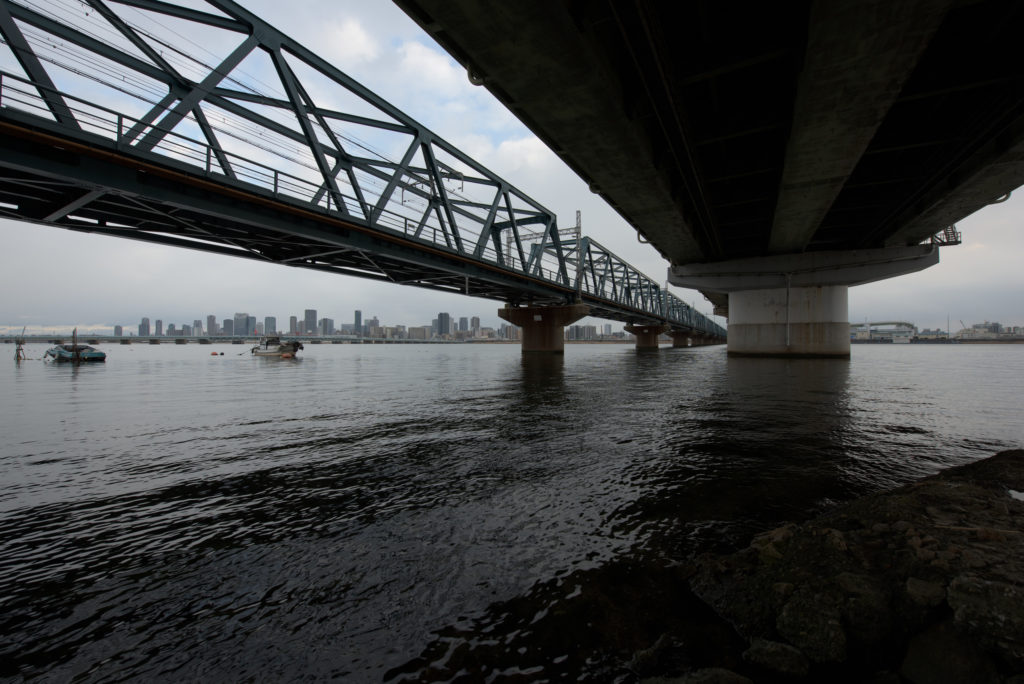
Result
D810+14-24 F2.8G
Filter: Formatt-Hitech 角形150mm Firecrest ND Filters 13段(3.9)
ISO64, F8, 210秒
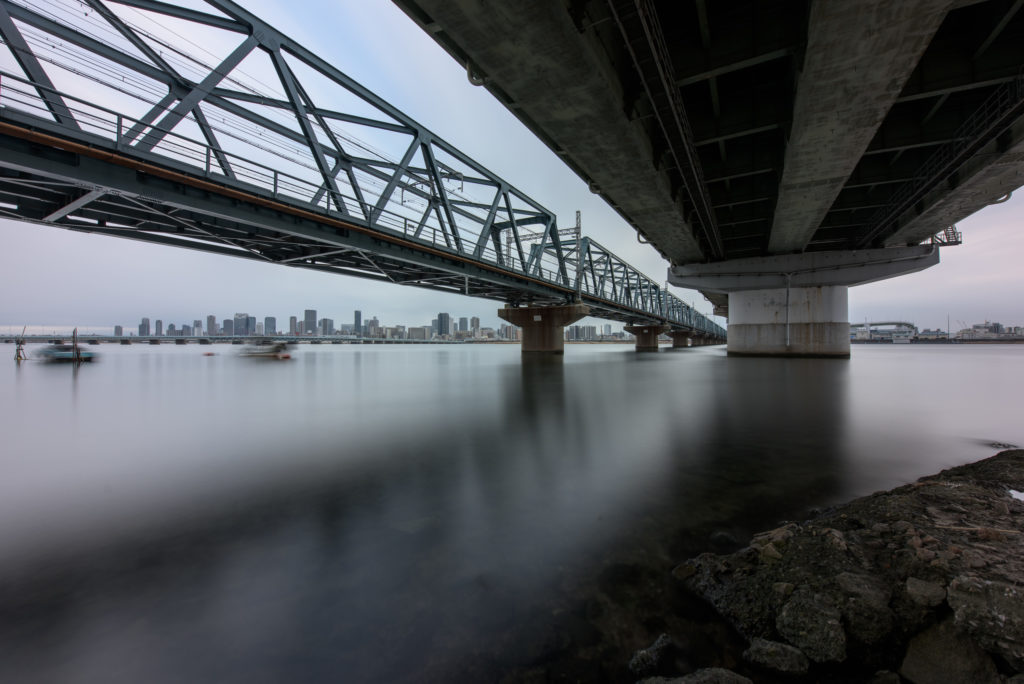
Z7+14-24z F2.8s
Filter: Formatt-Hitech 角形100mm Firecrest Ultra NDフィルター 13段(3.9)
ISO64, F8, 210秒
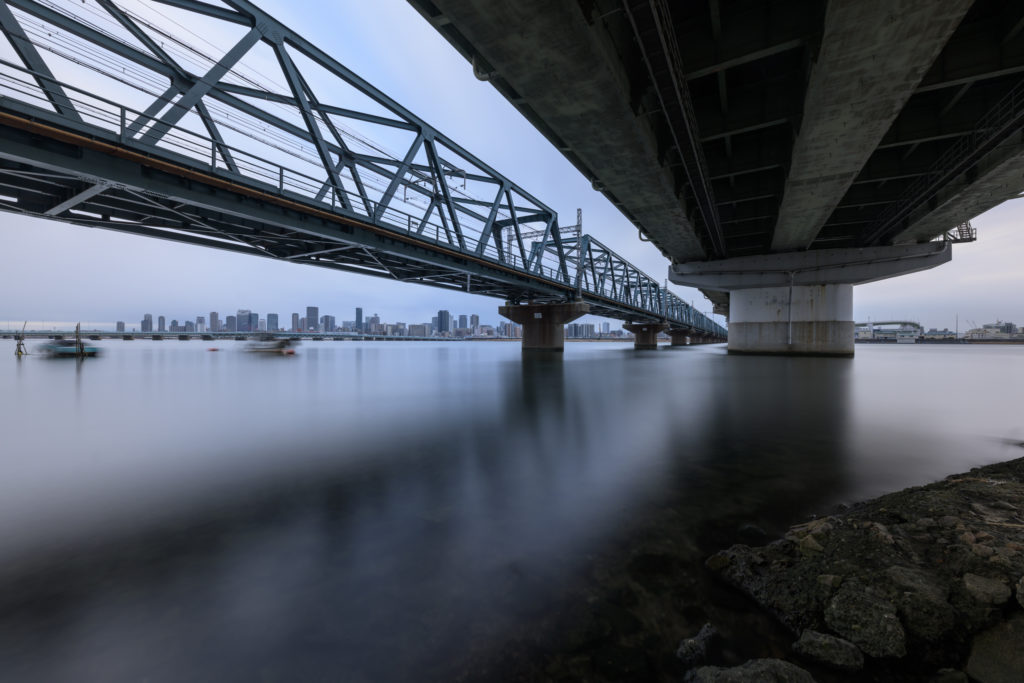
Vertical Version
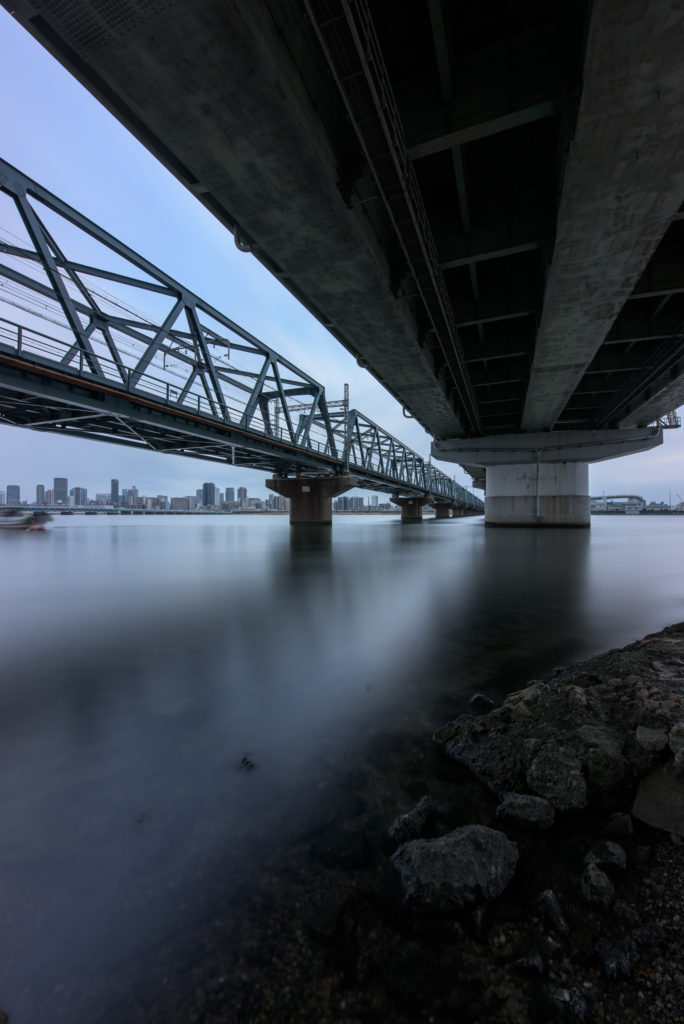
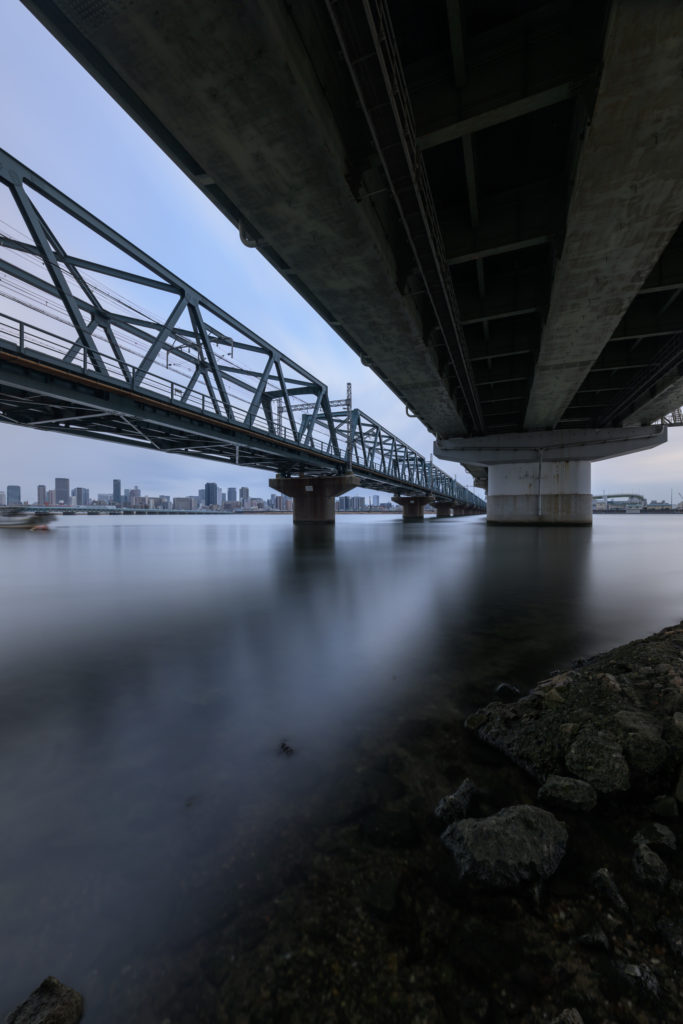
Which is Sharper?
I don’t shoot hyper long exposure wide open, so both 14-24mm are equally sharp as I shoot at around F8. When you see extremely edge of the image, you will say z14-24 is sharper. But in reality, in real photography, the difference would be going to merely Zero.
In hyper long exposure photography you should pay more attention ND filters and tripod rather than camera and lenses.
“Stability” during long exposure really matters for having shaper images.
Comparison 4: 14mm/ Rock, Sky and Bridge
When I shoot a hyper long exposure with ultra wide lens, Id like to have at least 3 minutes exposure. 180 seconds have well balanced for having smooth sky and smooth surface of the water.
If clouds move very fast, or having very calm tide, you can shorten the exposure time. But for me 3 minutes is my bench mark.
Ayway, next comparison is 190 seconds long exposure.
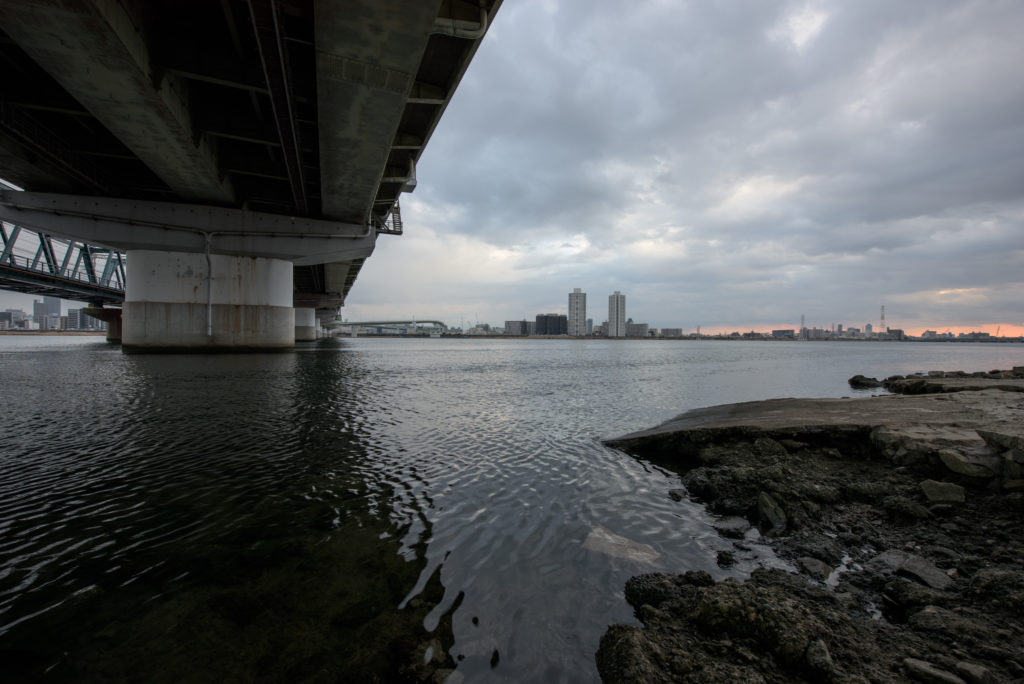
Result
D810+14-24 (15mm) F2.8G
Filter: Formatt-Hitech sqaure150mm Firecrest ND Filters 13(3.9)stops ISO64, F7.1, 191sec.
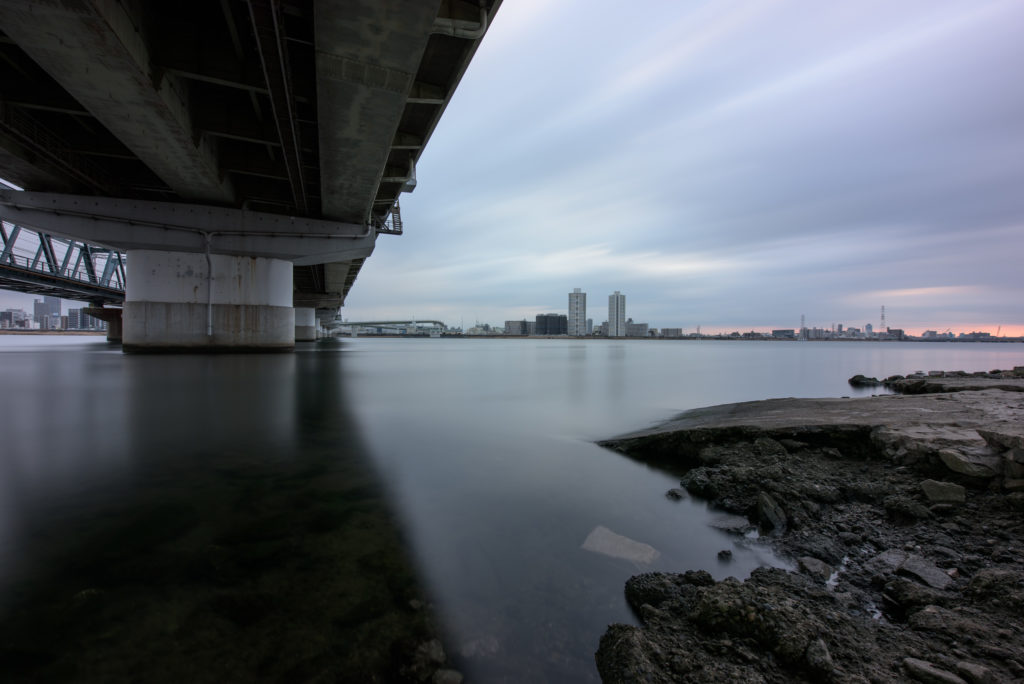
Z7+14-24z(15mm) F2.8s
Filter: Formatt-Hitech square100mm Firecrest Ultra ND filter 13(3.9)stops: ISO64, F7.1, 191sec.
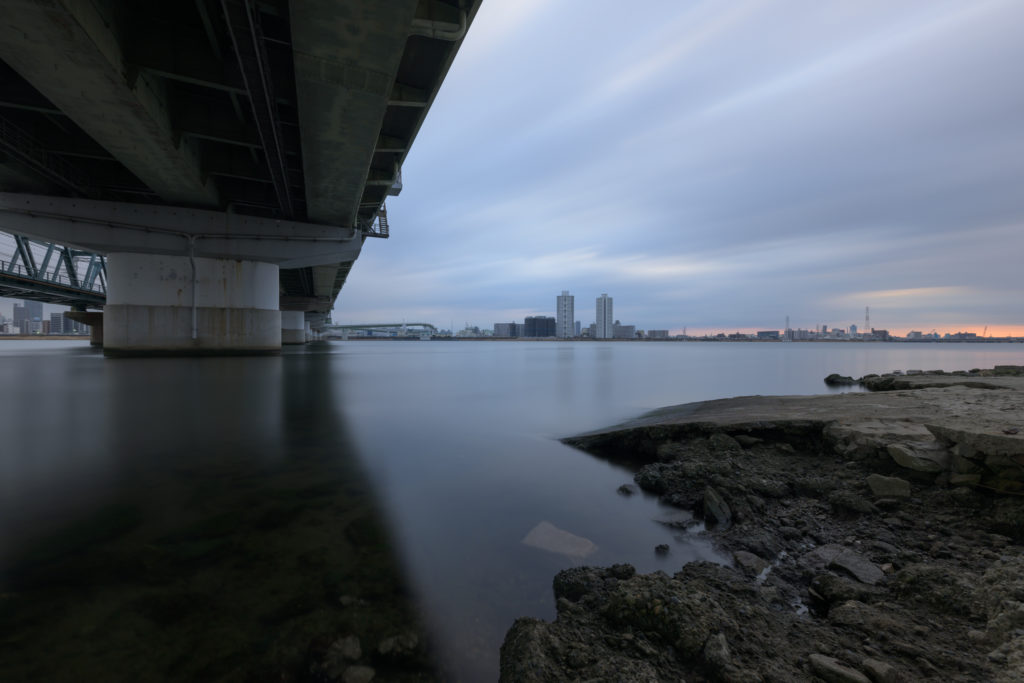
Peripheral Color Shifts
The image quality is almost the same among two.
However when you can see closely at D810 with 14-24 F2.8G, you will recognize the subtle color shift from center to around corner.
This is called “Peripheral Color Shifts” The effect is mostly due to came from characteristics of ultra wide lens.
The newest z14-24 F2.8s has same phenomena, but it’s much less noticeable than 14-24 f2.8g.
Ken Rcokwell well explains the effect with other Nikkor’ ultra wide lenses.
These color shifts is no problem at all in BW photography, and even in color, you can remove them with white balance adjustment.
Development in Color
I love Black and White photography. Hyper long exposure is really suit monotone. Having said that, I tried color development with some.
As you can see I could remove Peripheral Color Shift almost, and give them some qlarity, subtle dodge and burn.
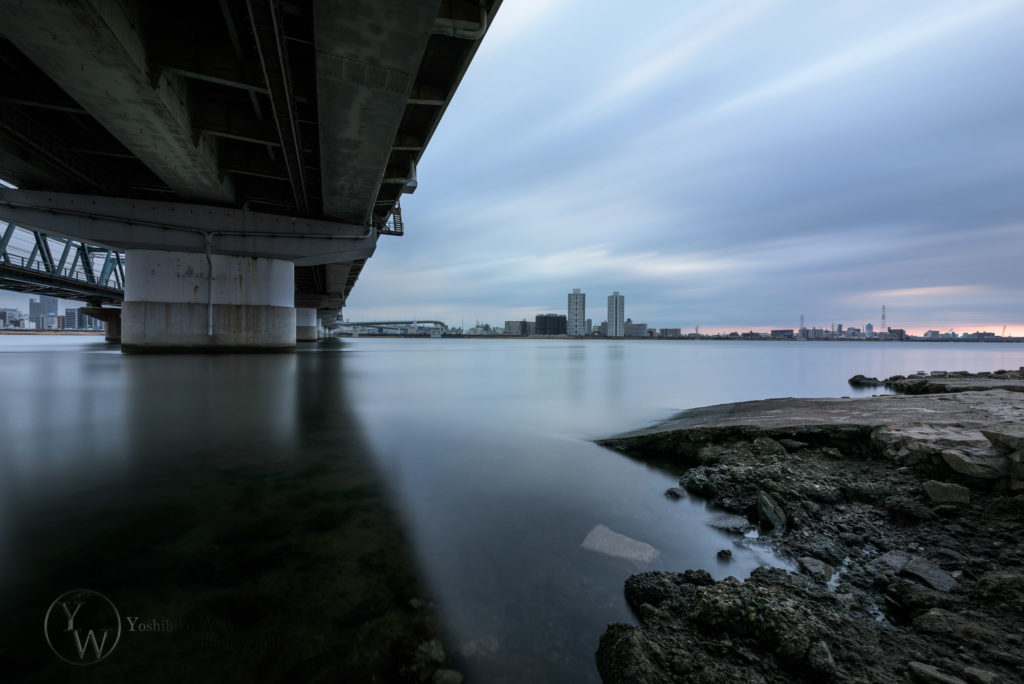
Filter: Formatt-Hitech 150mm Firecrest ND Filters 13 stops
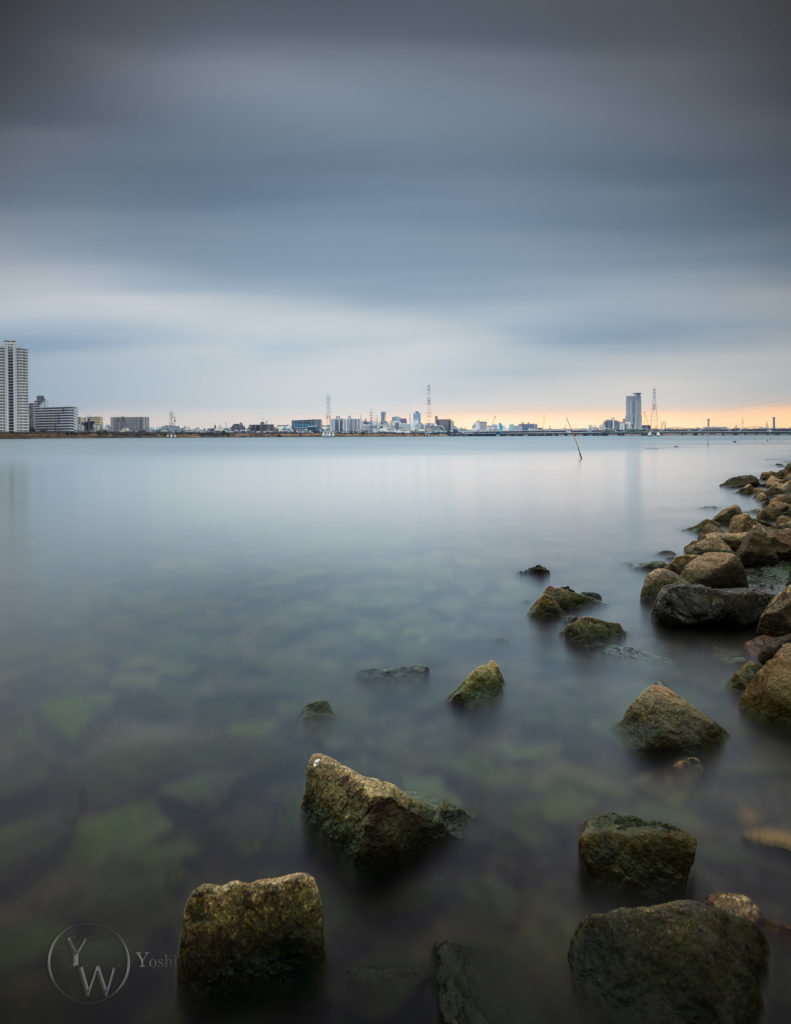
Filter: Formatt-Hitech 100mm Firecrest Ultra ND filter 13stops(3.9)
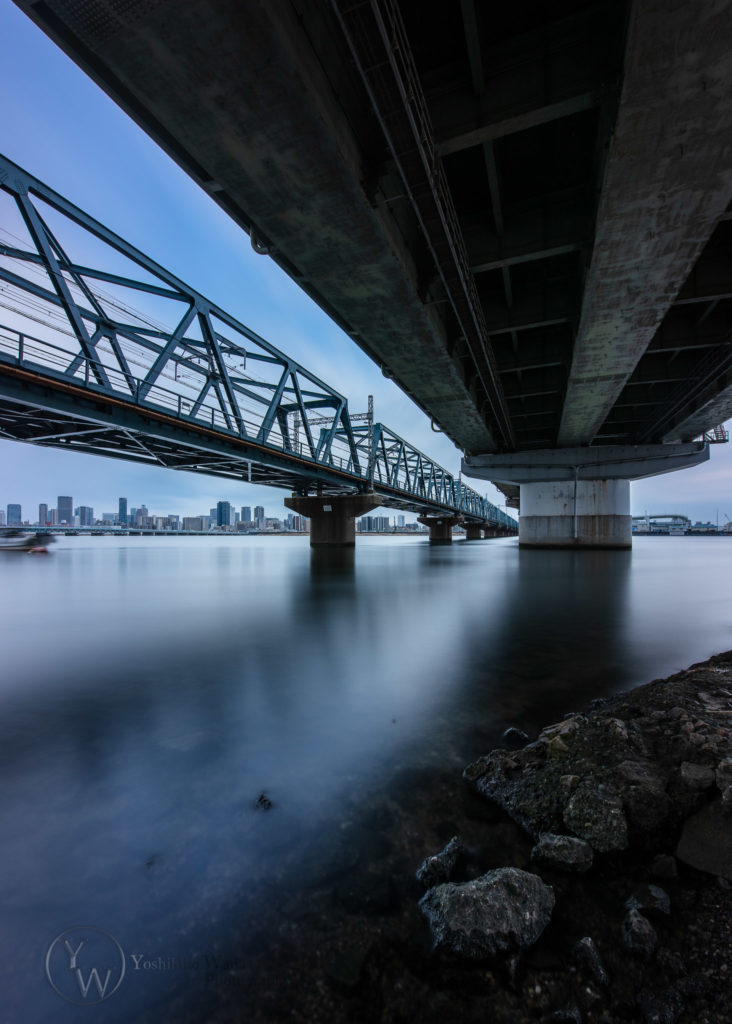
Filter: Formatt-Hitech 150mm Firecrest ND Filters 13 stops
Finale: 22 minutes long exposure
This was the final battle. Actually I was so got tired, hungry, and it was so cold out there that I wanted to go inside asap. But some idea popped into my mind: how about comparing them with the excessive long exposure: 22 minutes. Why 22? That’s happy new year in 2022!
But it might not be interesting to have the same cut anymore, so I set them opposite direction. like this.
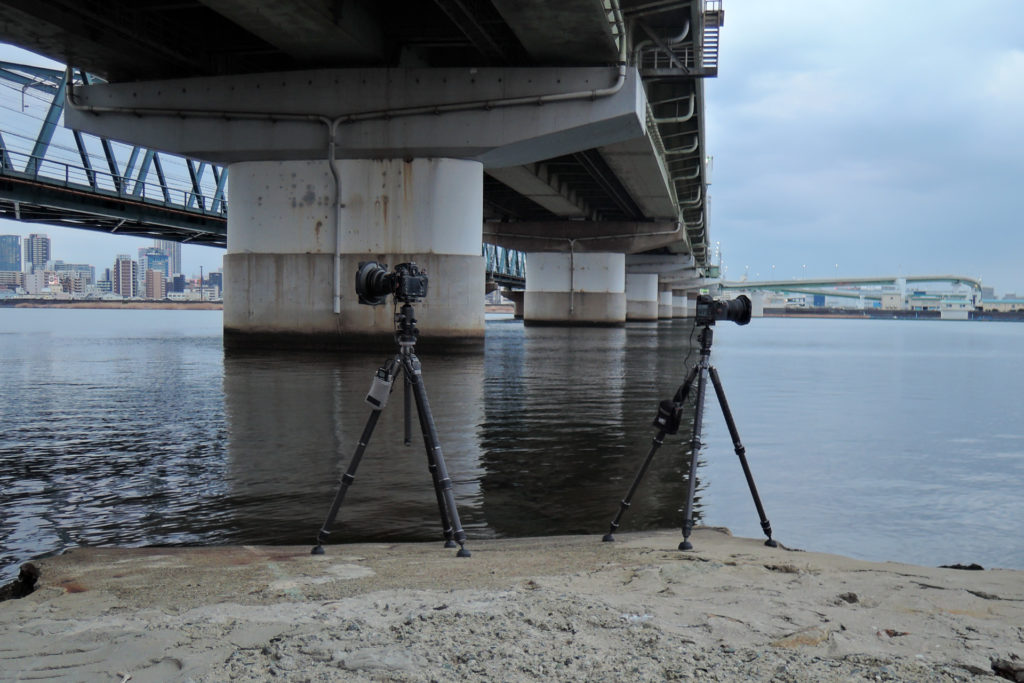
Almost the sun is gone, so let’s get started fast!
Z7+14-24z F2.8s
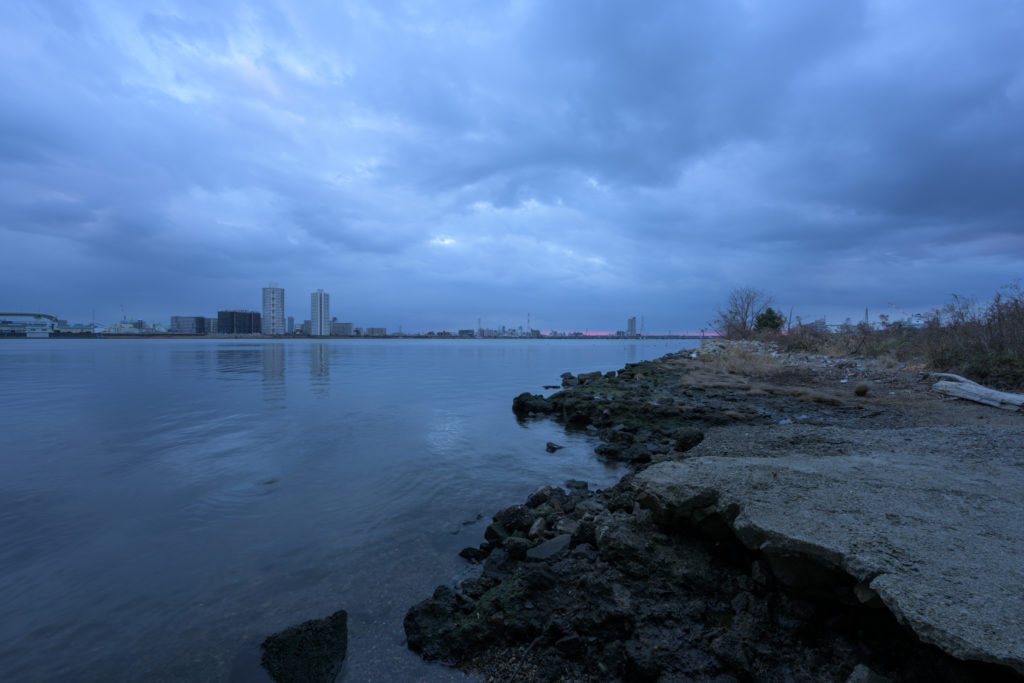
22 minutes later
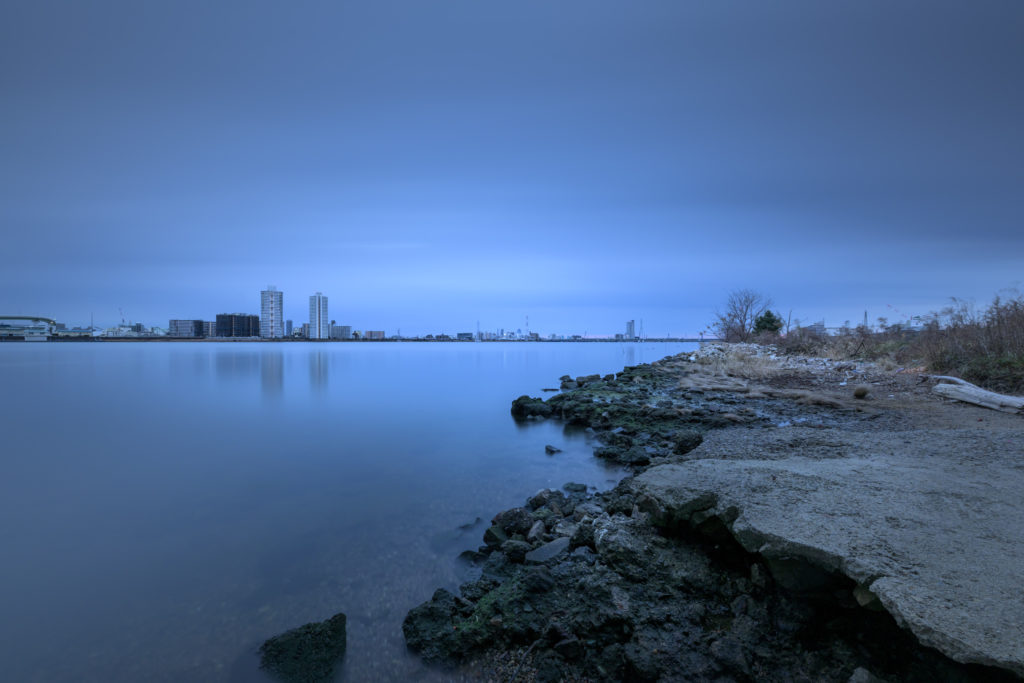
BW version
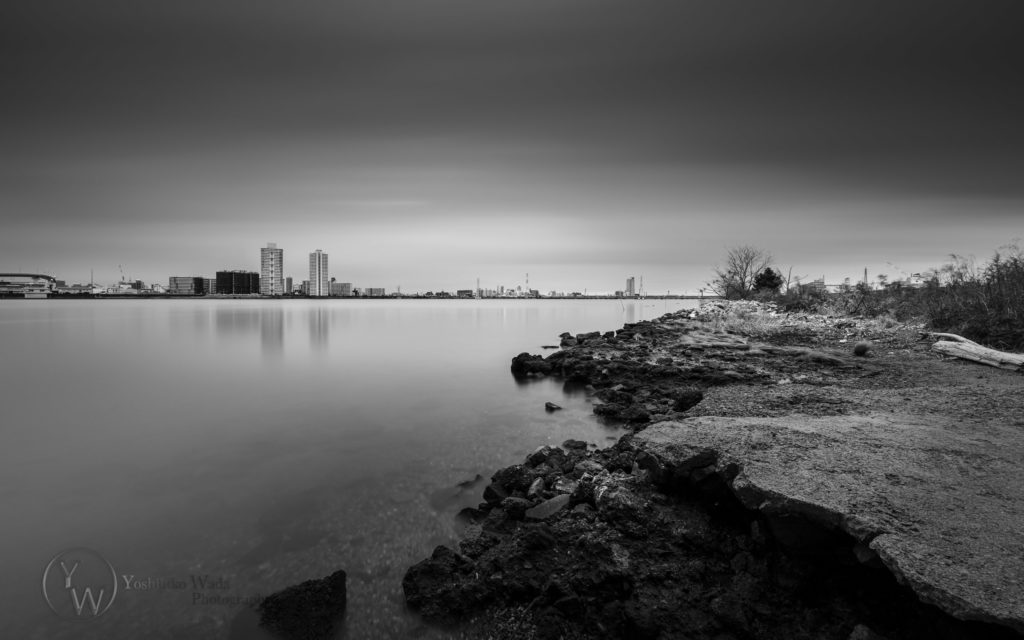
D810
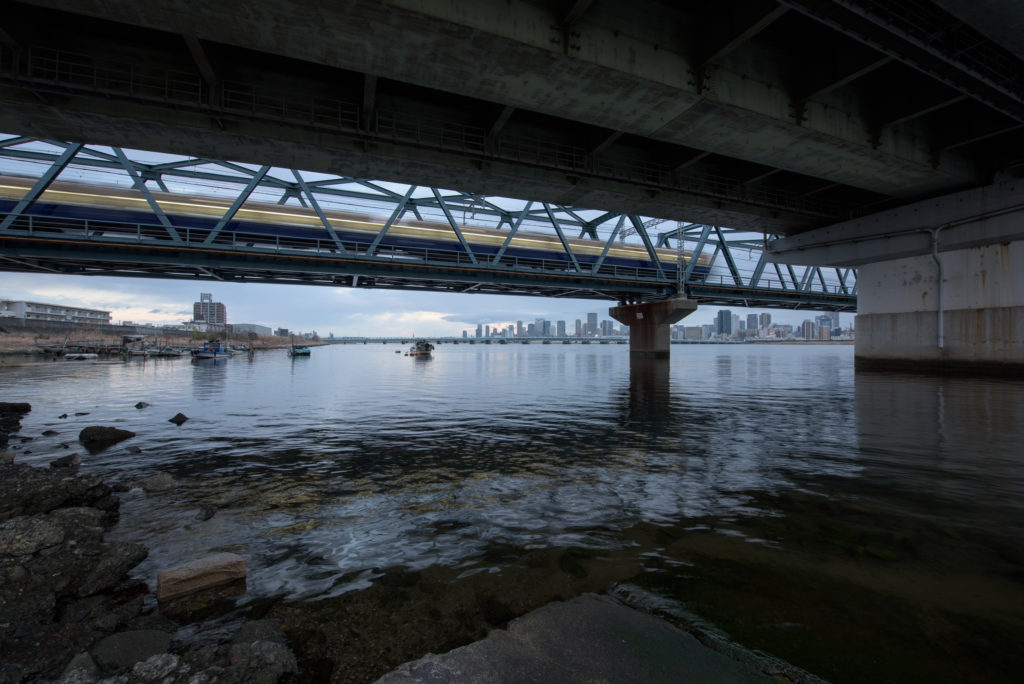
22 minutes later
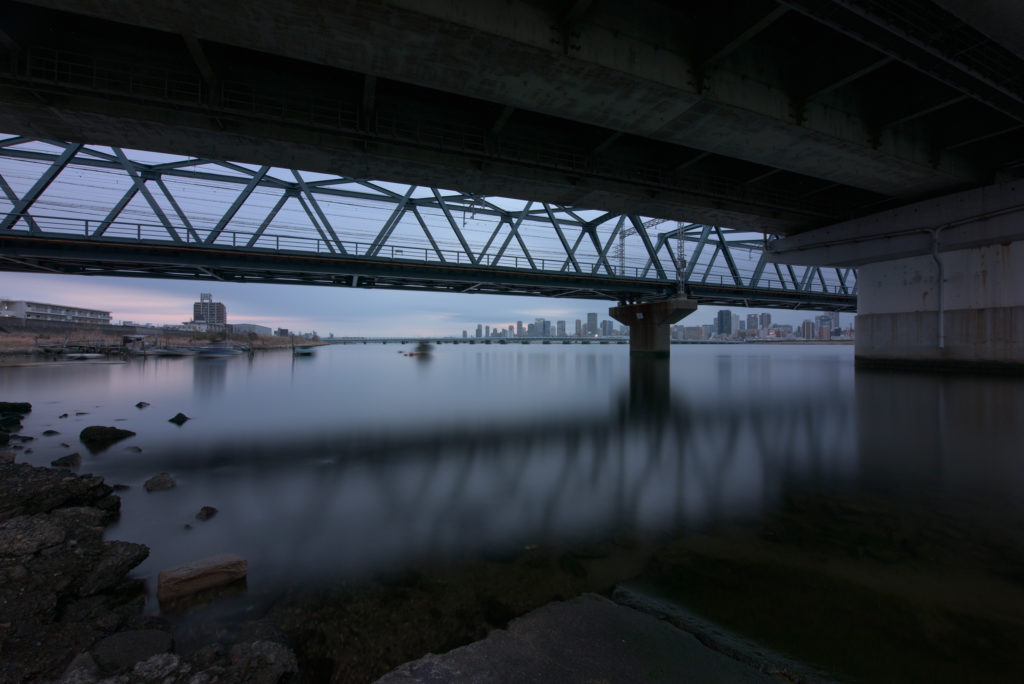
After RAW development in Color
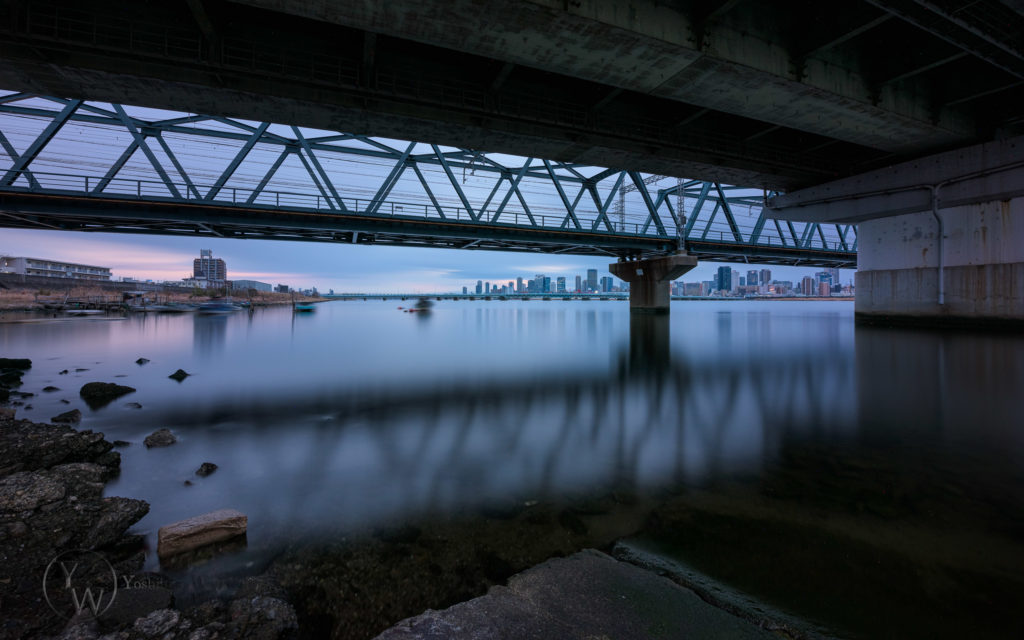
22 minutes is too long
I know it was too long, it was excessive, I was crazy. Although those crazy thing some time tell me what is right and wrong. And I love challenge after all.
No. Absolutely no.
In aesthetic side, at most 10 minutes long exposure is enough to have completely flat water and smooth sky.
In the technical side, longer exposure produce more heat noises, even in the cold winter.
Plus having the risk of softer image or un expected color shift.
Here is 100% zoom from both images in their shadow areas.
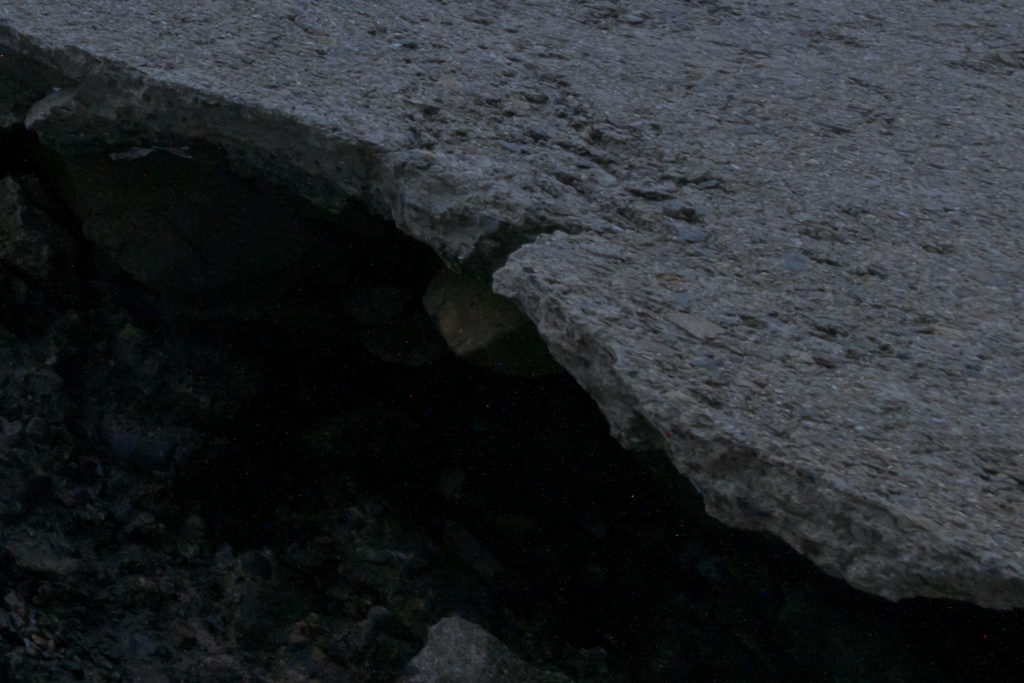
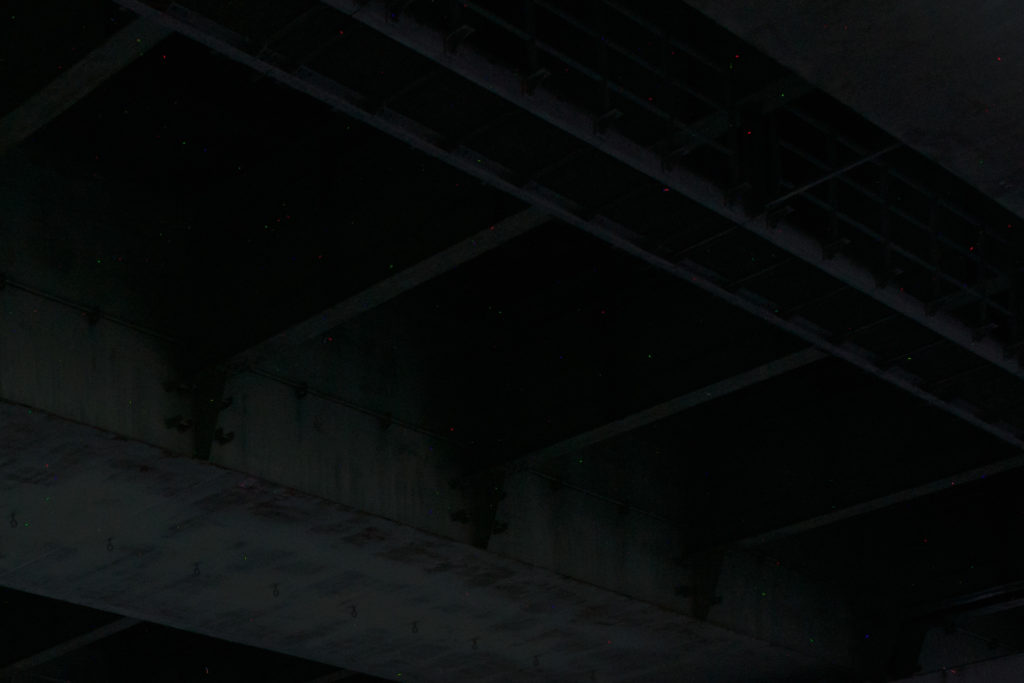
Conclusion
Which is better?
There is no doubt NIKKOR Z 14-24mm f/2.8 S is superb lens.
It was kind a miracle to have the same or even better image than NIKKOR 14-24mm f/2.8G ED with that’s small, light body.
However is there really necessary to replace legendary, acclaimed NIKKOR 14-24mm f/2.8G ED to the expensive predecessor?
From my brief experience for using both lens, I’d say Z14-24S is not a replacement for F14-24G. The characteristics both lens are little different. That’s why I retrieve F14-24G, even I have Z14-24S already.
Heavier is better
They say “lighter is better”. But when it comes to hyper long exposure photography, this turns to be the opposite: heavier is better. Of course it depends on the situation: When you are in a calm day, any lighter gears with a travel tripod would be no problem. However the heavier, balky NIKKOR 14-24mm f/2.8G always gives you maximum confidence and stability in any rough, windy day. (You need a steady tripod, of course,)
Invest filters
After all “hyper long exposure photography” heavily, hugely depends on ND filters.
There are so many ND filters in the market.
I often surprised that many use a regular or cheap filter on their expensive lenses.
You have to invest high quality ND filters along with lenses.
If you are die-hard filter guy, and have already invested to 150mm filters, there are no reason to move to the Z14-24mm. Just keep shooting with the trustworthy lens.
Or you also can use those 150mm filters on Z14-24mm f2.8s, but I think the balance goes too bad.
A Fine art is not necessarily to be created by the new gear
Most of us love a newer camera, lens, gear.
Camera makers promote their newest gears, make us believe
newer gears can produce better images.
Better image is not better art
In some area of photography, it might be true.
But in my area of photography, it would not usually happen.
Just keep your 14-24mm, neither F or Z, and keep shooting long exposure with them.
Stay safe, and happy new year 2022.
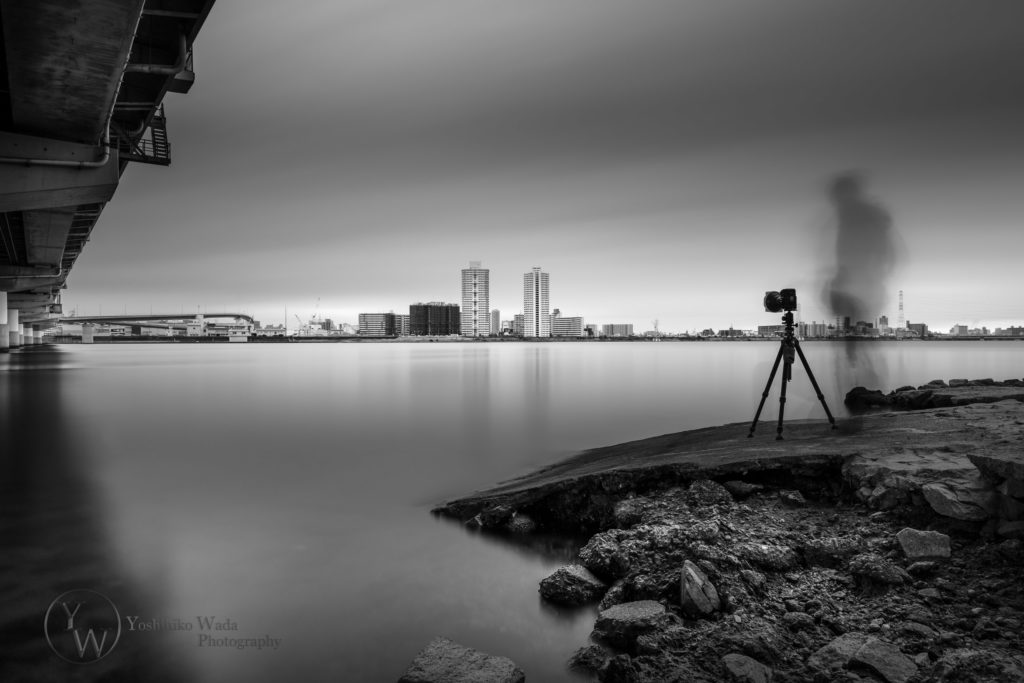
I have a special 10% off coupon code as I am an ambassador of Formatt-Hitech,
If you are planning to get high quality Firecrest Ultra, please use this code at checkout:
WADA10
※You can use the code both UK and US site.
※The coupon is not adapt for clearance items.
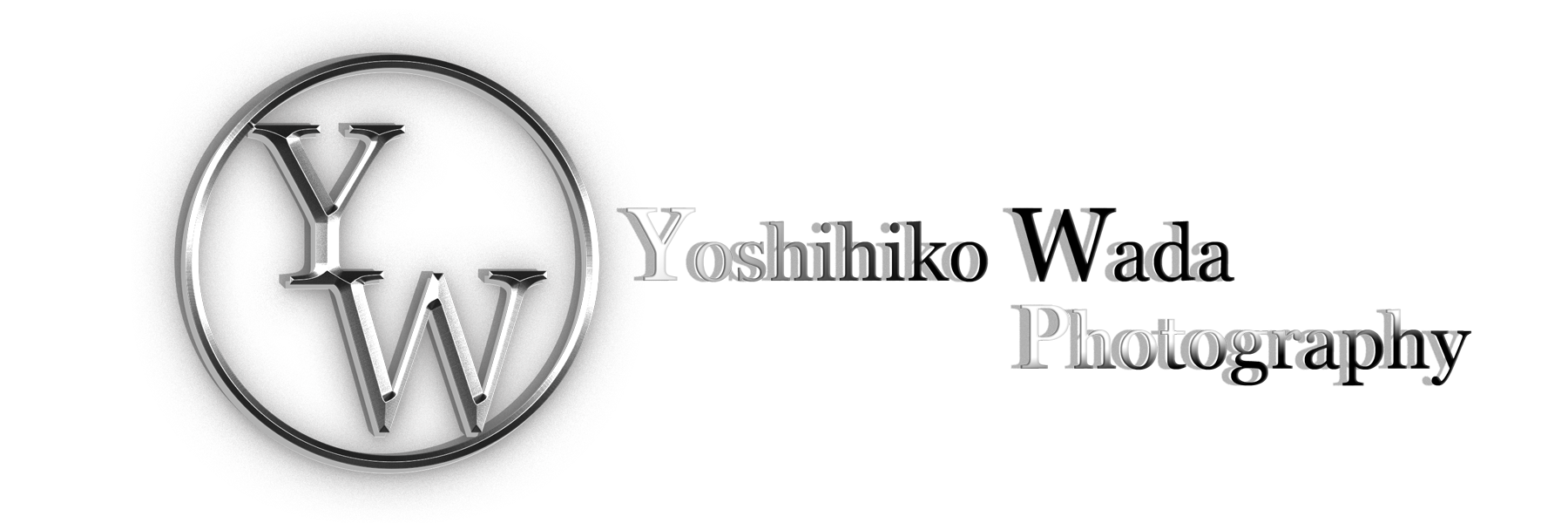
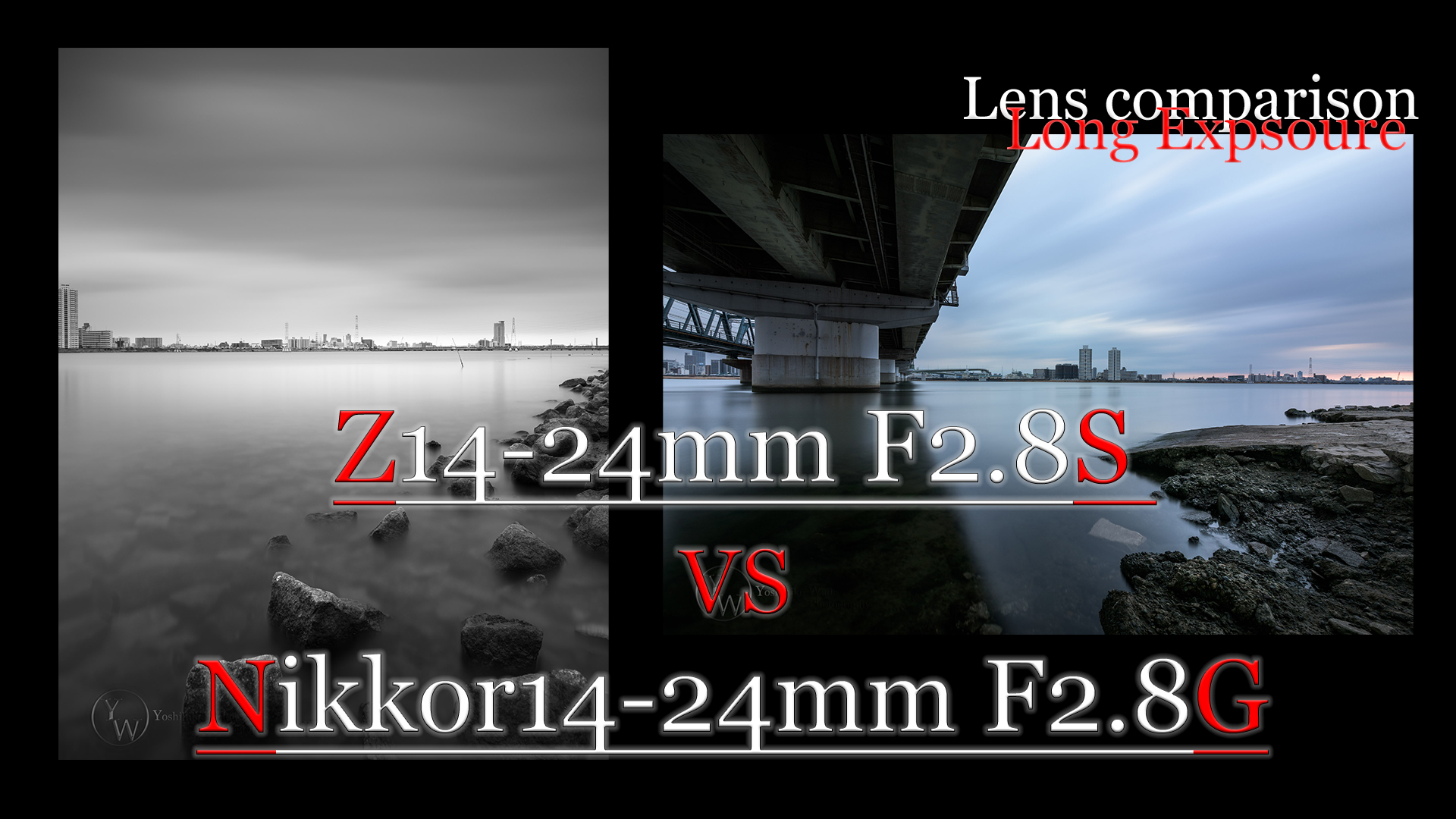

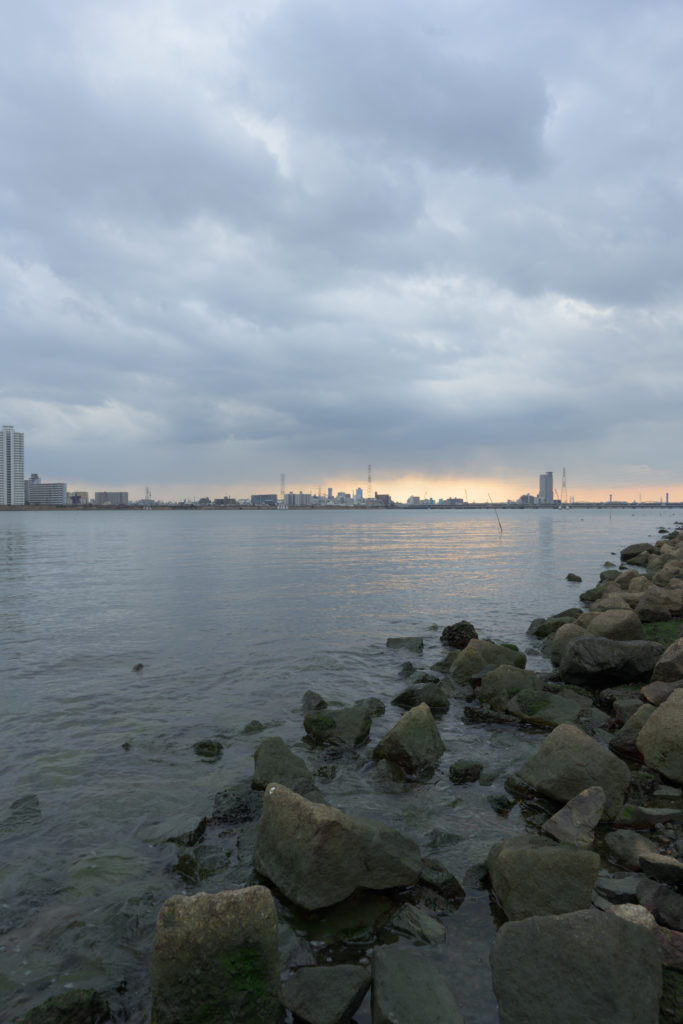
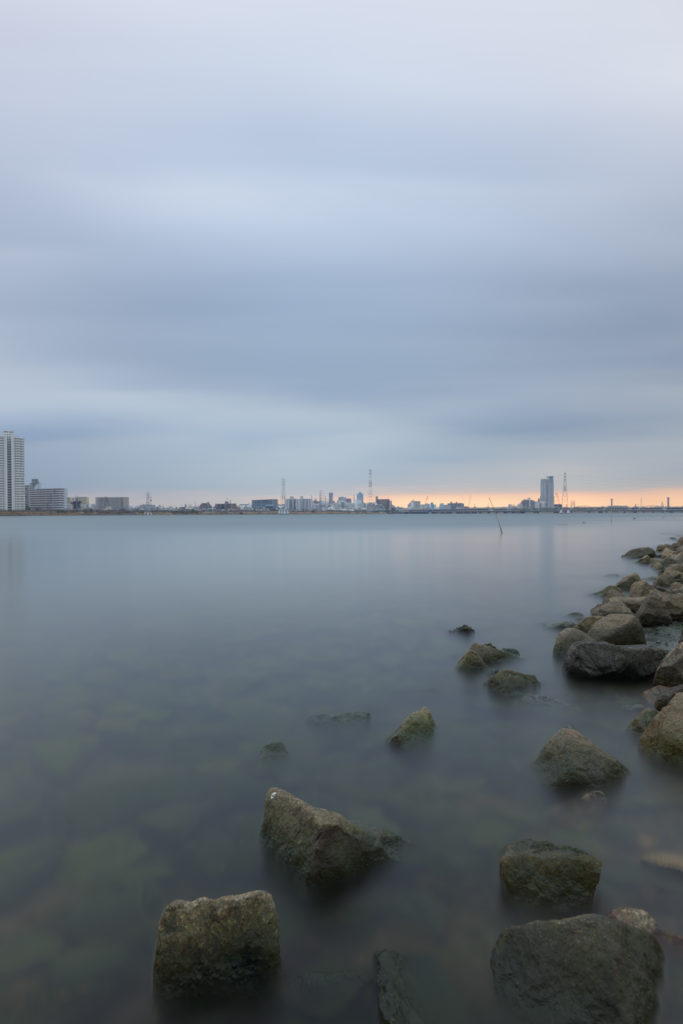
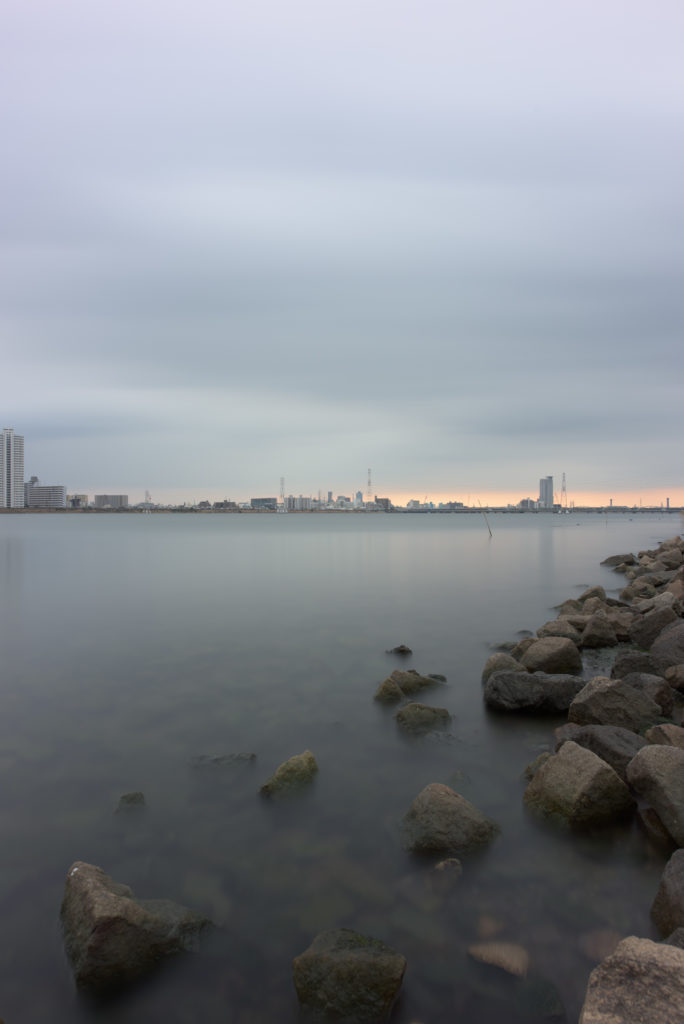


Comment